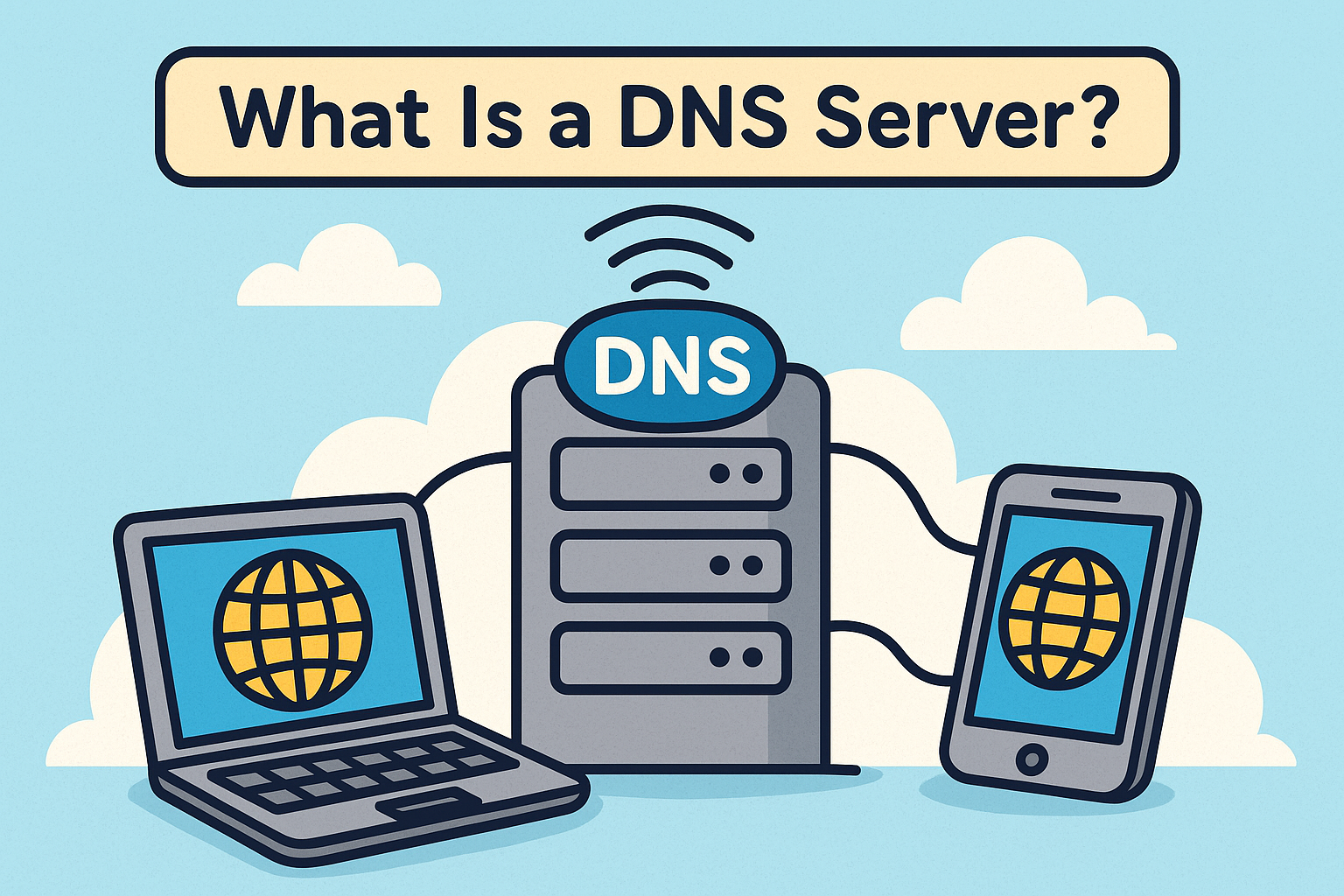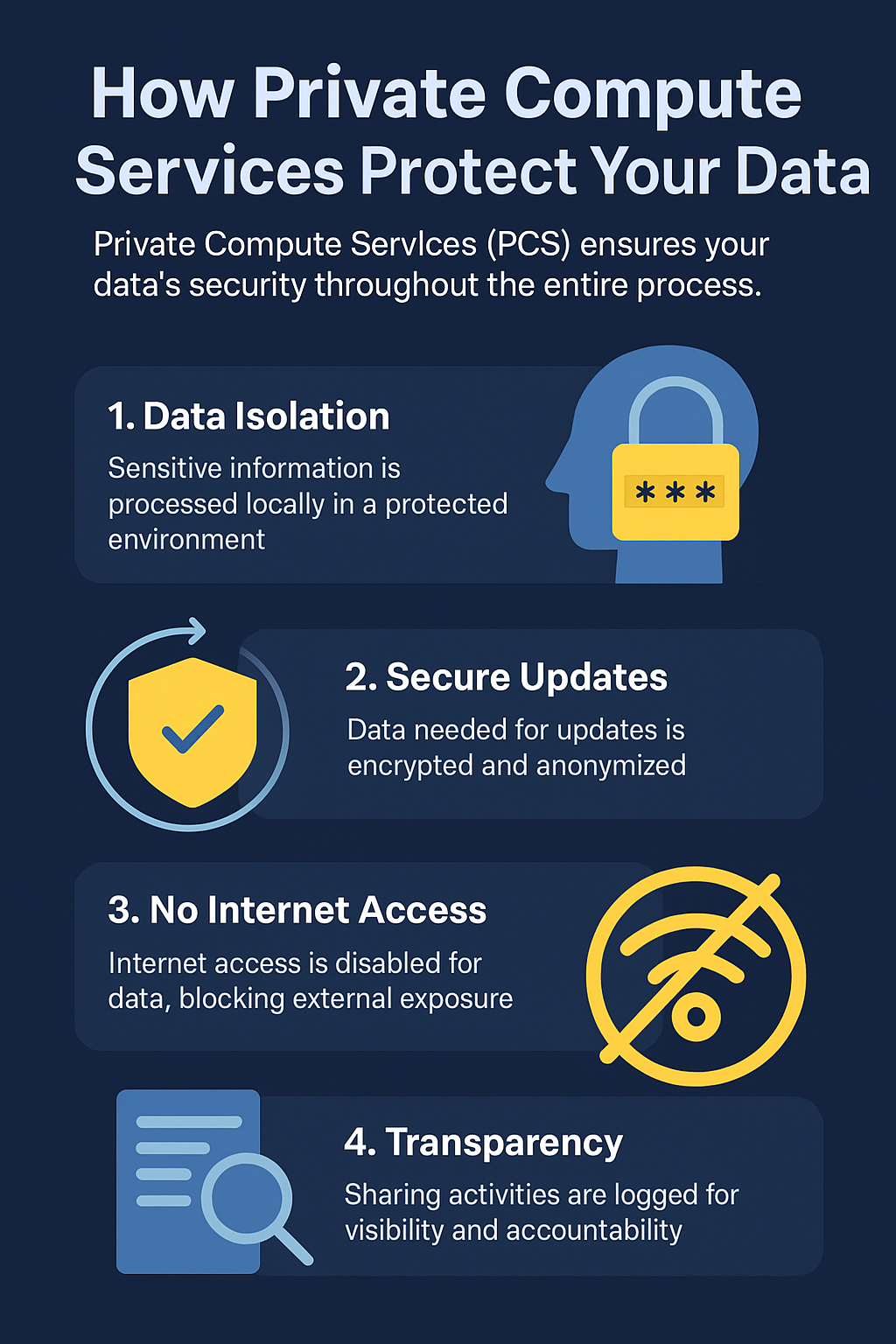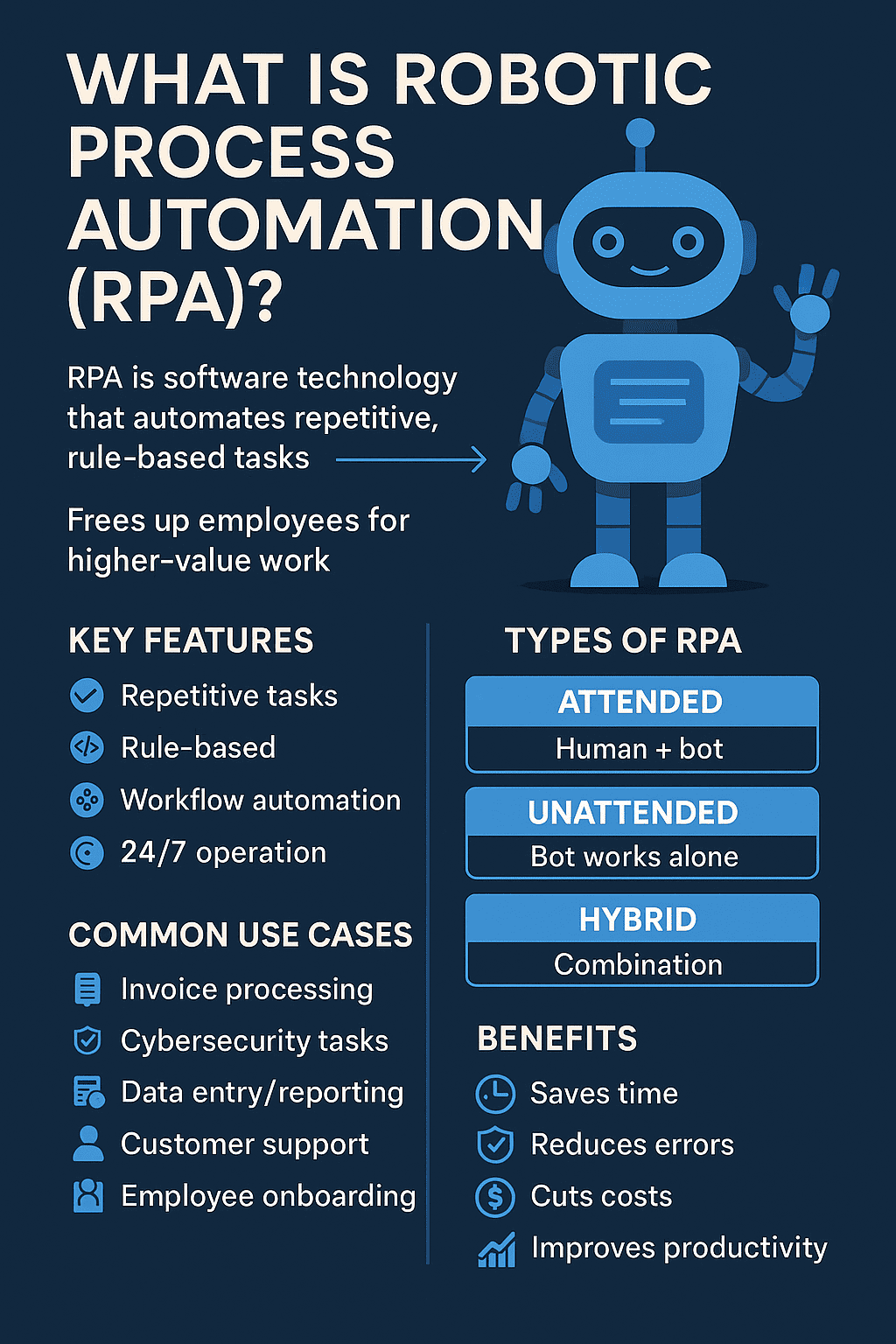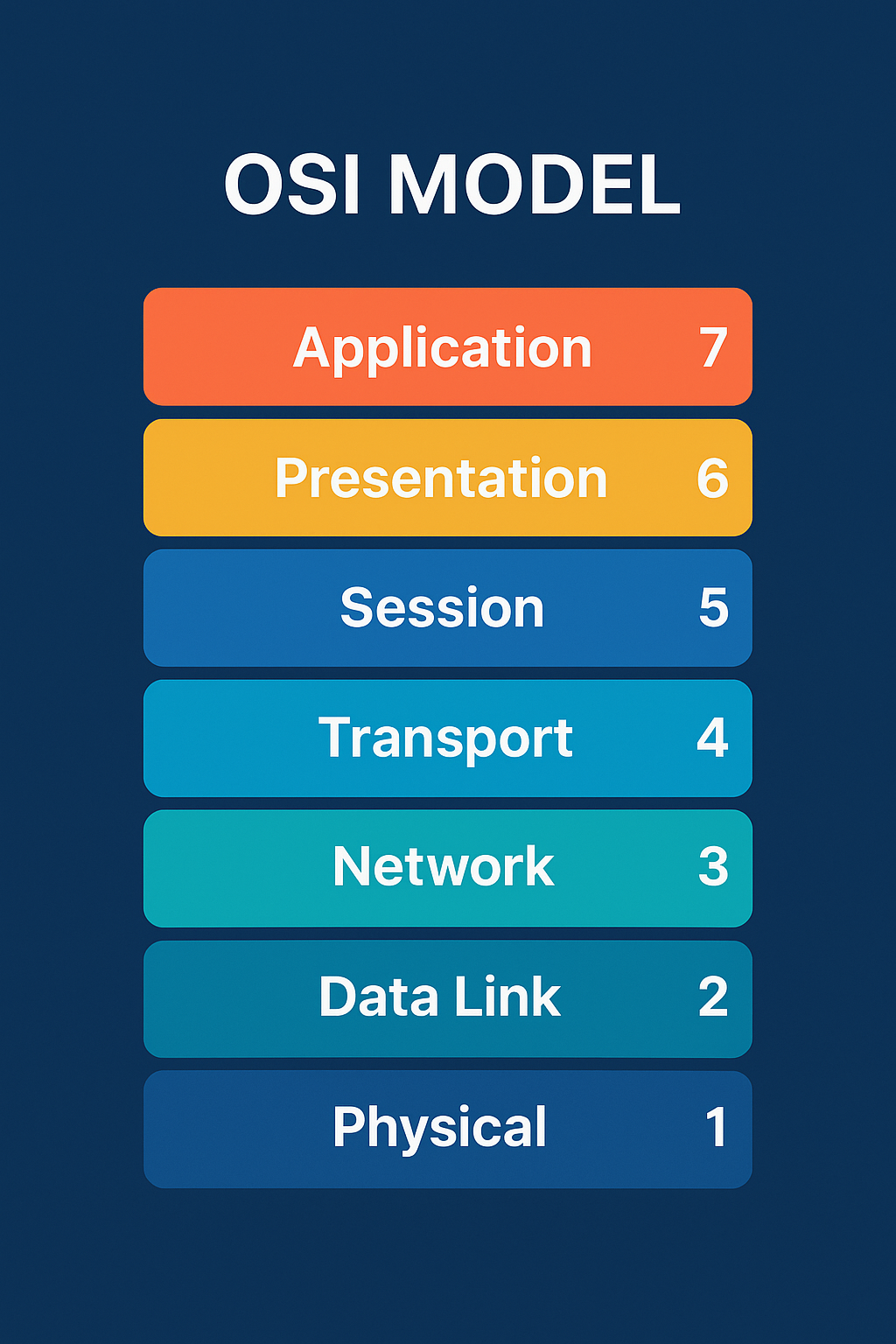What Does SLA Mean? A Complete Conversational Guide for IT & Cybersecurity Leaders
Updated on November 20, 2025, by Xcitium
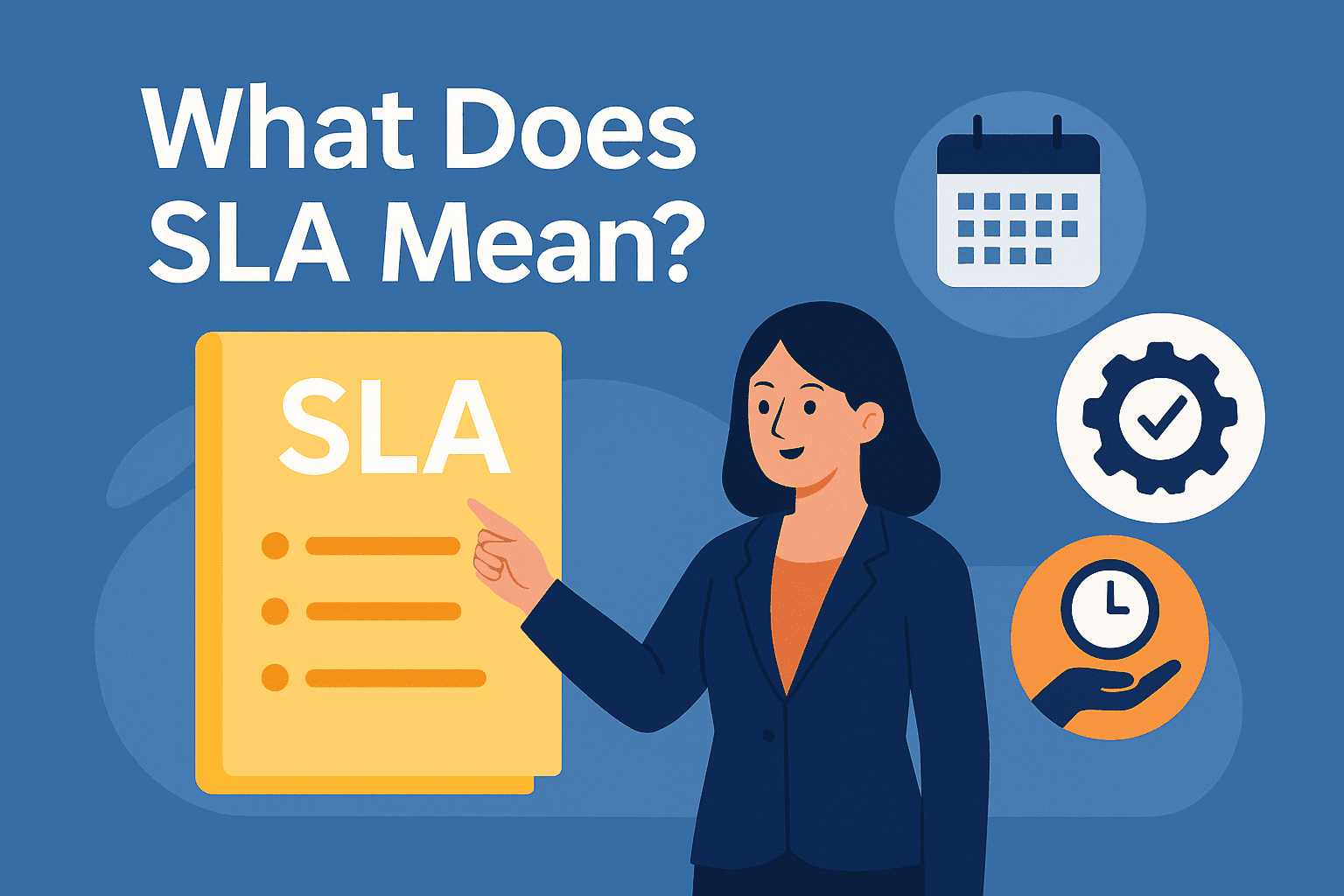
Have you ever heard someone say, “We need to meet our SLA,” or “Is that covered under the SLA?” and wondered what the term actually means? You’re not alone — even experienced IT managers, business leaders, and cybersecurity professionals sometimes use the term without fully understanding its scope. So, if you’re asking “What does SLA mean?”, you’re in the right place.
In today’s business world, uptime, performance, security, and customer satisfaction all depend on clear expectations. And that’s exactly where SLA — Service Level Agreement — comes in. Whether you’re evaluating a vendor, improving internal processes, or managing a service desk, understanding SLAs is essential.
This conversational guide breaks everything down simply: what an SLA is, why it matters, what it includes, and how to use it to strengthen your IT and cybersecurity strategy.
Let’s jump in.
⭐ What Does SLA Mean? (Simple Definition)
SLA stands for “Service Level Agreement.”
It’s a formal contract between a service provider and a customer that defines:
-
What service will be delivered
-
The quality expected
-
The performance standards
-
The responsibilities of each party
-
How issues will be resolved
-
Penalties if commitments aren’t met
In other words:
👉 An SLA is a promise about what the service provider will deliver — written clearly so there’s no confusion.
SLAs are commonly used in:
-
IT service management (ITSM)
-
Cybersecurity services
-
Cloud computing
-
Managed service providers (MSPs)
-
Software-as-a-Service (SaaS)
-
Technical support
-
Telecom and internet services
If you’re using software, cloud platforms, or cybersecurity services like endpoint protection or monitoring — you already rely on SLAs, whether you realize it or not.
⭐ Why SLAs Matter in 2025
SLAs are more than just paperwork — they protect both the provider and the customer by setting clear expectations.
Here’s why they’re essential:
✔ They define reliable service performance
Businesses need guarantees for uptime, speed, response time, and resolution time.
✔ They protect customers from poor service
If a provider fails to meet their SLA, the customer may receive compensation.
✔ They hold companies accountable
SLAs create transparency and measurable standards.
✔ They support compliance and security
Organizations in regulated industries depend on SLAs to maintain security obligations.
✔ They prevent misunderstandings
Everyone knows exactly what to expect, reducing conflict and confusion.
SLAs are not optional — they are fundamental to modern IT operations.
🔍 Key Components of an SLA
A strong SLA includes several important sections. Let’s break them down.
1. Service Description
This explains:
-
What the service includes
-
What it does NOT include
-
How the service will be delivered
Clear boundaries prevent future disagreements.
2. Performance Metrics
These are the measurable standards for service quality.
Common SLA metrics include:
-
Uptime percentage (e.g., 99.9% uptime)
-
Response time (how quickly the provider acknowledges an issue)
-
Resolution time (how long it takes to fix the problem)
-
Throughput
-
Latency
-
Error rates
Metrics are the backbone of every SLA.
3. Responsibilities of Each Party
SLAs clarify:
-
What the provider must do
-
What the customer must do
-
What conditions must be met
For example, in cybersecurity:
-
The provider monitors threats
-
The customer must follow patching instructions
4. Incident Management Process
This section describes:
-
How issues are reported
-
How they are prioritized
-
How communication happens
-
Expected timelines
This ensures customers know what to do during a service interruption.
5. Penalties or Remedies
If the SLA is not met, the agreement may offer:
-
Service credits
-
Fee reductions
-
Early contract termination
This motivates providers to maintain high standards.
6. Review and Update Rules
SLAs can evolve, especially as services change. Regular review keeps everything aligned.
🧩 SLA vs SLO vs SLI (Clear Differences)
These terms often get mixed up, so let’s simplify them.
SLA — Service Level Agreement
A contract defining the expected service.
SLO — Service Level Objective
A goal within the SLA, such as:
-
99.9% uptime
-
30-minute response time
SLI — Service Level Indicator
A measurement that proves whether the objective is met.
Examples:
-
Actual uptime
-
Actual response time
Quick Example:
| Concept | Meaning |
|---|---|
| SLA | Promise to customers |
| SLO | Goal or target |
| SLI | Measurement proving performance |
🛡️ Why SLAs Are Critical in Cybersecurity
SLAs play a massive role in modern cybersecurity.
Here’s why they matter:
1. Cyberattacks require fast responses
SLAs guarantee that your provider responds and acts quickly.
2. Security tools must meet strict performance levels
EDR, SOC, firewalls, SIEM, and cloud platforms all require high uptime.
3. Compliance regulations demand accountability
Industries like healthcare, finance, and government require SLAs for audits.
4. SLAs reduce business risk
With guaranteed monitoring, detection, and response services.
5. They define clear incident resolution processes
During a breach, SLAs prevent chaos by outlining exactly what happens.
🔥 Examples of SLA Metrics in Cybersecurity
Here are common SLA commitments:
- Incident response time
- Threat detection speed
- Uptime guarantees (99.9%+)
- Logging frequency
- Data backup intervals
- Disaster recovery time (RTO/RPO)
A strong cybersecurity SLA protects your business from unexpected downtime or data loss.
🧠 Who Uses SLAs?
SLAs appear everywhere in IT and cybersecurity.
Common examples include:
-
Cloud providers (AWS, Azure, Google Cloud)
-
Managed Security Service Providers (MSSPs)
-
Internet Service Providers (ISPs)
-
Data centers
-
SaaS vendors
-
IT help desks
-
Outsourced support teams
If you pay for a service, an SLA should be involved.
🎯 Different Types of SLAs
Not all SLAs are the same. Here are the main categories:
1. Customer-Based SLA
One SLA for one customer
Example: A business signs a custom SLA with a cybersecurity vendor.
2. Service-Based SLA
One SLA for all users of a particular service.
Example: Cloud storage providers offer the same SLA to all customers.
3. Multi-Level SLA
Combines multiple layers — organization, service, and customer
Perfect for large enterprises with complex needs.
🛠️ How to Create an Effective SLA
If you’re drafting or improving SLAs, here’s how to do it right.
Step 1: Define the service clearly
Avoid vague descriptions.
Step 2: Set measurable performance metrics
Use numbers, not general promises.
Step 3: Define roles and responsibilities
Everyone must know their part.
Step 4: Create a detailed incident management process
Who does what? How fast? Under what conditions?
Step 5: Add penalties for non-compliance
This drives accountability.
Step 6: Review and update regularly
Services evolve — SLAs should too.
🔍 Common Mistakes with SLAs (and How to Fix Them)
❌ Too vague
➡️ Solution: Use measurable, specific terms.
❌ Unrealistic expectations
➡️ Solution: Balance service quality with provider capability.
❌ Ignoring security metrics
➡️ Solution: Include security SLIs & SLOs.
❌ No penalty clause
➡️ Solution: Add service credits or enforceable terms.
❌ Not reviewing SLAs annually
➡️ Solution: Schedule quarterly reviews.
✔️ Why Businesses Should Care About SLAs
SLAs influence:
-
Productivity
-
Cost
-
Customer satisfaction
-
Cybersecurity
-
Business continuity
-
Vendor relationships
They’re essential—not optional.
🎯 Conclusion: What Does SLA Mean? A Vital Agreement for Modern IT
If you’ve ever wondered “what does SLA mean?”, now you know:
It’s the promise, expectation, and accountability framework that makes modern technology work.
SLAs define the service, measure it, secure it, and protect your business from downtime, confusion, and poor performance.
Whether you’re choosing a cybersecurity vendor, upgrading your IT services, or managing internal support — SLAs help you stay aligned, protected, and prepared.
🔐 Strengthen Your Security Operations With Xcitium (Free Demo)
Ensure strong protection, fast response times, and enterprise-grade security backed by reliable SLAs.
👉 https://www.xcitium.com/request-demo/
❓ FAQs About SLAs
1. What does SLA stand for?
SLA stands for Service Level Agreement.
2. Why are SLAs important?
They define clear expectations, performance standards, and remedies for service issues.
3. Are SLAs legally binding?
Yes. They are formal contract components.
4. What’s the difference between SLA and SLO?
An SLA is the contract; an SLO is the specific performance target inside the SLA.
5. Do cybersecurity services use SLAs?
Absolutely — they rely heavily on SLAs for uptime, response time, and incident resolution.



